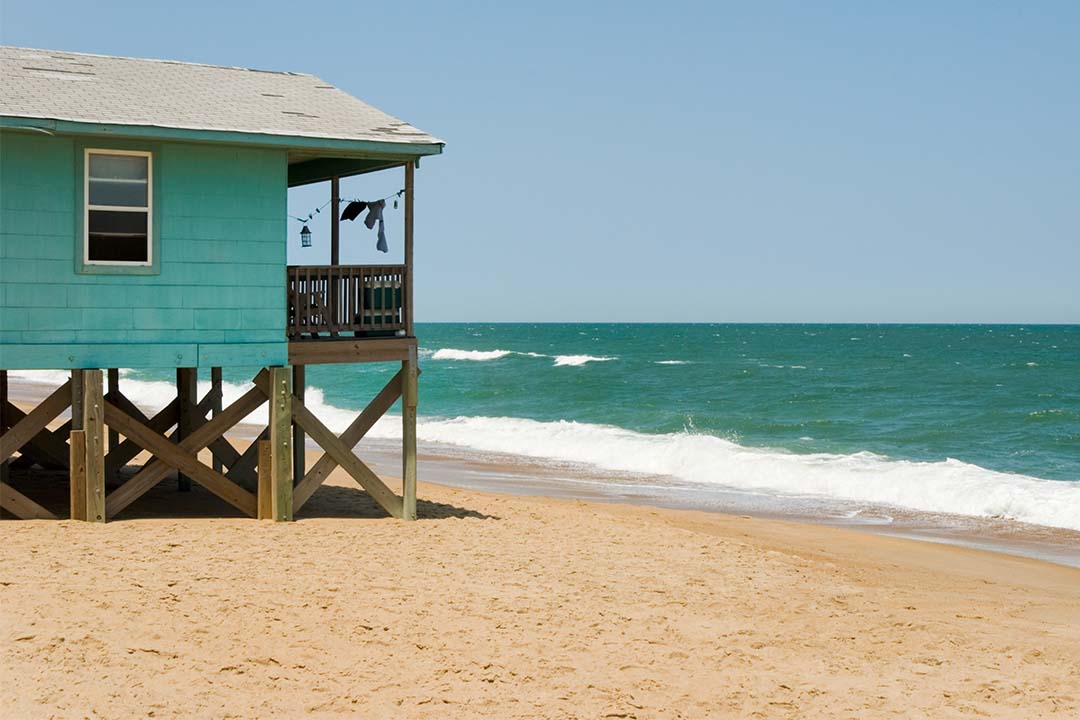Require borrowers to carry adequate property and liability insurance to minimize your risk of an investment property
If you’re lending money on an investment property, you should have a specific set of insurance lending requirements, or insurance coverages (both property and liability), that your borrowers must purchase and carry throughout the duration of the loan term. These requirements are designed to protect your interest in the property, as well as the interest of your borrowers.
Private lenders can be very lax when it comes to what they require of their borrowers. Some don’t require any coverages at all.
Let’s look at some coverages you should consider requiring your borrowers to carry. Depending on the type of properties you are lending on, these required coverage packages can and should be very different. Our focus here is on single-family investment properties up to about four units at any one location. (Larger unit counts per location require additional property coverages.)
Minimum Coverages
Always require that the insured building value your borrower secures meets or exceeds the outstanding loan value (with some lenders even going as far as to require borrowers to carry up to 125 percent of the loan value). Always require replacement cost coverage. This coverage option allows your borrower to recover any applicable depreciation levied against them during the claims process, which can help minimize any additional financial hardship your
borrower may incur.
Special Form vs. Basic Form
To minimize exclusions and unnecessary exposures, consider requiring your borrower to purchase special form property coverage. Think of special form as “all risk” coverage. It is the most comprehensive coverage form available to investors for their non-owner occupied, vacant and renovation properties. There are several standard exclusions from special form policies, but any peril not specifically excluded is automatically included. This leaves the burden of proof on the insurance company to prove to both the insured and their insurance agent that the loss that occurred was from an excluded peril.
Standard exclusions on special form policies are mold and fungus, wear and tear, sewer and drain backup, earth movement (including earthquake), flood, poor workmanship and defective maintenance (also extending to faulty zoning and materials), damage caused by vermin, intentional loss by tenants, power failure, war, neglect, nuclear hazard, governmental action, equipment breakdown and ordinance (or law). Some of these exclusions can be bought back by endorsement or on a stand-alone policy; others are considered uninsurable by insurance companies.
As a point of reference, basic form is another coverage available to investors, but it is a “named peril” form that has additional exclusions that can harm an investor: theft; weight of ice, sleet or snow; water damage; collapse; and falling objects.
Property Deductible Thresholds
Many lenders require their borrowers to stay at or under a certain property deductible threshold. This is typically a percentage of the total insured value at the location in question and is usually no more than 2 percent. This deductible applies to the AOP (All Other Perils) property deductible, with exceptions allowed for the following exposures: wind and hail (including named windstorm), water damage as well as theft and vandalism. Exceptions are made for these exposures to control the borrower’s property insurance costs, as the losses associated with these perils are often more severe. This prompts insurance companies to assign a higher deductible to them.
Mortgagee or Loss Payee?
A common point of confusion for many lenders is how they should be listed on both the property and the liability policies their borrowers purchase. Should they be listed as mortgagee, loss payee or both?
Simply put, a mortgagee is used when dealing with real estate, and loss payee is for chattel. So, when the rolling appliances (that have been rented) are on fire, the party from whom these appliances are rented should be listed as the loss payee on the borrower’s property policy. As the lender for the real estate investment property in question, being listed as mortgagee is correct. This notifies you before coverage is cancelled due to nonpayment or any other underwriting issue. It also guarantees you are listed on all claim payments for any property losses that occur on-site. As mortgagee, your interest is protected and prevents your borrower from cashing a claim check and leaving town.
Liability Coverage Amounts
Require your borrower to obtain a commercial premises liability policy. The limits you require your borrower to carry is up to you, but consider at minimum a $1,000,000 per occurrence limit and a $2,000,000 annual aggregate limit.
Defense costs should always be outside of these policy limits, so they do not take away from the amount available, if needed, to settle the loss. Defense costs inside the limits provided can leave your borrower potentially vulnerable to paying additional funds out of pocket to make an injured party whole again. If you are lending on a location taller than three stories, it is a good idea to require additional limits of liability (in the form of an umbrella or excess liability policy), as the means of egress change substantially at these locations.
If you are working with a borrower who is renovating and/or flipping homes, it is important to know where their premises liability policy doesn’t help. It does not provide coverage to anyone hired to work on-site who is injured, nor does it extend to any products or completed operations at the location done by your borrower. (Think of this as coverage for betterments and improvements completed by your borrower that, post-sale, are uncovered to be faulty by the new owners and lawsuits are filed). The premises liability coverage available to your borrower extends coverage to slip and falls, personal injuries, etc., that occur on the location’s premises where your borrower is determined to be negligent.
As a private lender, it is important to be listed as “additional insured” on your borrower’s liability coverage. This guarantees you are notified before coverage is cancelled for nonpayment or for any other underwriting reason.
Requiring your borrower to carry adequate property and liability insurance is vital to minimizing your risk as the lender on an investment property. These coverages should be specific to what your appetite for risk is and should be fully complied with ahead of funding any deal. Partner with an independent insurance agent who specializes in coverage for investment properties and who can assist in designing your insurance lending requirements. ∞











Leave A Comment